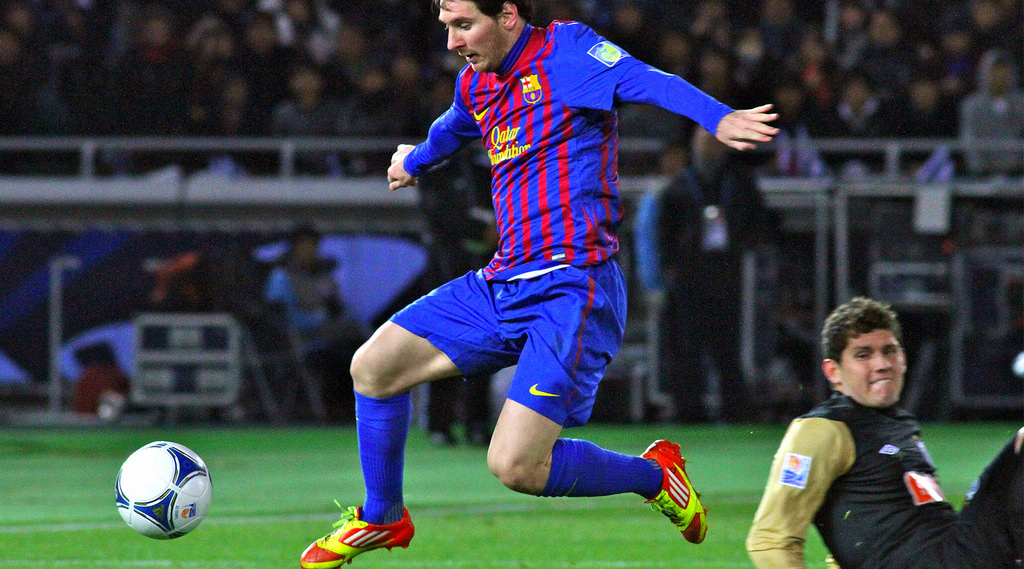Bio-banding – the search for tomorrow’s champions
A late start to puberty can mean talented athletes are overlooked. Our researcher is working with the Premier League to harness young players’ true potential.

For many English footballers, the journey to a place on the national team begins in Premier League football academies. But home-grown talent doesn’t always rise to the top.
Players like David Beckham and Steven Gerrard were part of England’s ‘Golden Generation’, but failed to deliver international trophies. As that generation slips into retirement, the country is searching for new talent.
The 2014 World Cup squad featured promising young players like Adam Lallana, Raheem Sterling and Ross Barkley. But the team slunk out of the competition after three matches, two goals and placing last in the group.
English players account for less time played in their top home league than their German and Spanish counterparts.
Both the Premier League and its fans are keen to nourish a new generation of talented home-grown players.
But we may be missing out on some of our best potential talent.
Late developers like Lionel Messi and Diego Maradona have become some of the most successful players of all time. But for many talented footballers, a slow start for puberty can mean they struggle to succeed in the academy system.
Late bloomers struggle to catch up
Teenagers mature at different rates, and children of the same age can vary greatly in biological maturity.
When young footballers are 12 to 15 years old, the difference in physical maturity between players is at its widest. Early-maturing boys are almost adults, while late-maturing boys are still in the initial stages of puberty.
With strength and speed on their side, early maturers have a major advantage as clubs decide which young players will make the cut.
Countries who prize technical skills over physical styles of play are less likely to favour early maturers. But the physical nature of the English game means late bloomers struggle compared to their larger peers.
Strength and speed aren’t the only advantages of early puberty. Players are spotted earlier and experience success more often. They receive more support, encouragement and access to coaching and training resources. They also have the opportunity to compete at the highest levels.
And late developers aren’t just at a physical disadvantage, but a psychological one. Facing down one of their fully-grown peers on the pitch, a smaller player can doubt their own ability to compete.
The focus on physical ability can also be a disadvantage for early-maturing footballers. Coaches and scouts may believe that early physical advantages will carry on through adulthood. This creates unrealistic expectations for a young player’s potential.
By age 18, physical differences between players have usually evened out. Late developers can eventually overtake their peers in physical tests and technical skills. The physical challenges they face early on can make them stronger technically and psychologically. Early maturers who focused on strength over technique find they can’t compete with more balanced players.
But by this point, many talented players have already missed their shot at the stadium. And England may have missed out on its own Messi.
